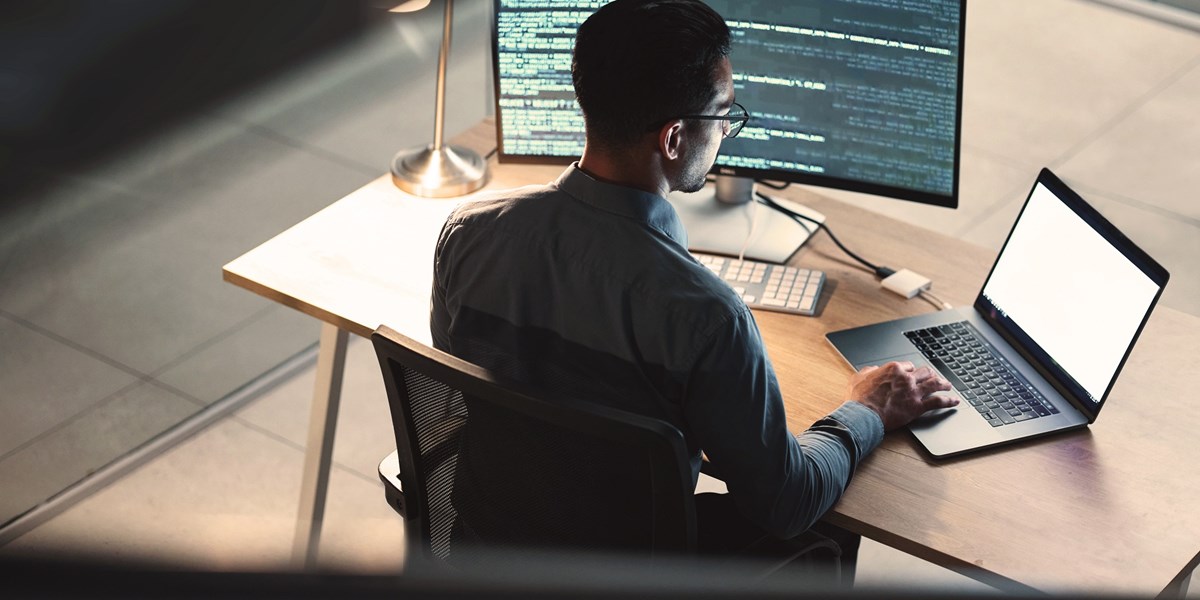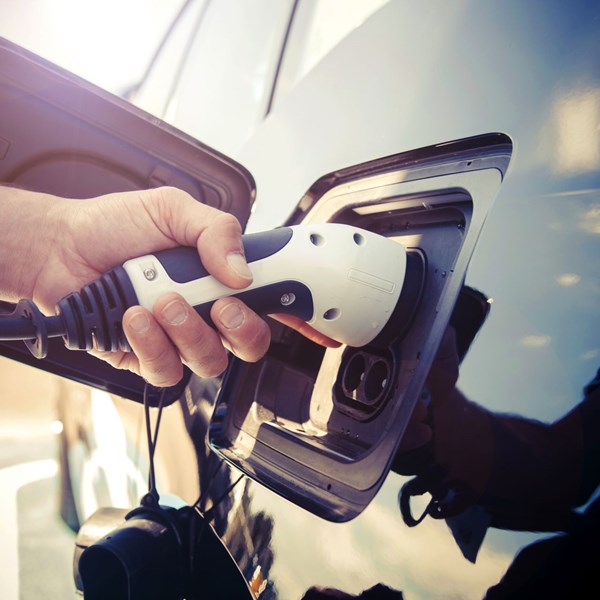Further to our Ben Lincoln’s recent feature in bestmag Issue No. 77 Summer 2022, we look at recent examples of AI as a toolset for accelerating battery innovation. Of more general interest, we also provide tips to avoid common pitfalls in seeking patent protection for an AI-based invention.
MATERIALS DISCOVERY
Lithium-ion batteries find widespread use in consumer electronics and electric vehicles, EVs, but pose challenges on cost and storage capacity. Elsewhere, the Advanced Propulsion Centre has forecast a lithium supply crunch that threatens EV production.
Fluoride-ion batteries show encouraging figures of merit - on stability, for example, since fluorine is the most electronegative element - and could address the above challenges. Since the first breakthrough was reported in 2011, however, innovation on these batteries remains in its infancy.
To address the innovation gap between lithium- and fluoride-ion batteries, researchers at the University of North Carolina at Chapel Hill have developed a high-throughput screening strategy to identify promising fluoride-ion conductors.
Key features of the strategy include developing heuristics based on benchmarking an input set of promising materials and updating the ranking of (rather than removing) candidates as the understanding of F- transport improves.
In this way, the strategy facilitates the discovery of materials with limited prior knowledge, without prematurely disregarding candidate conductors. The ability to study other material systems may also improve.
EV BATTERY TESTING
The increased demand for EVs with durable, long-lasting batteries motivates solutions that reduce the time required for battery testing.
In a study published in Patterns-Cell Press, a generic machine learning framework suitable for battery-cycling optimization is disclosed. A ‘pruner’ and a ‘sampler’ module can be run in an asynchronously parallel way to allow for multiple simultaneous tests. Whereas the ‘pruner’ functions to end unpromising cycling tests, thereby saving resources for alternative exploration, the ‘sampler’ predicts the next promising configurations based on query history.
The researchers behind the study believe that the framework could reduce the average cycling time per battery from years to months/weeks for cycling experiments, or from weeks to days/hours for cycling computations.
EXAMPLE PATENT FILINGS DIRECTED TO AI AND BATTERY INNOVATION
These include:
- WO 2022/053332 A1 Battery materials screening. The method underlying the disclosure is directed to determining whether at least one microstructure is within a predefined energy profile range based on predicted microstructure properties.
As part of the method, first and second AI models respectively generate microstructure statistics and predict microstructure properties based on the generated microstructure statistics, received microstructure generation parameters, and battery cell characteristics.
According to the patent application, advantages of such an approach are “a reduction in the time for materials screening” and “gain[ed] insight into design of optimal materials by Al generated material structures.”.
- EP 3993212 A1 Machine learning-based method for increasing lifetime of a battery energy storage system. In response to acknowledging “there is a need for a solution for optimizing the operation of a battery energy storage system, especially when used in connection with electric vehicle chargers.”, claim 1 as published concerns a first apparatus generally configured to use at least one trained machine learning algorithm to predict an optimal charging strategy for maximizing the lifespan of at least one battery.
The prediction is based on one or more recent values of a set of prediction parameters and a current state of charge level of the at least one battery. The first apparatus is thereafter configured to operate the at least one battery using the predicted optimal charging strategy.
The published claims further comprise a second apparatus directed to training the machine learning algorithm.
TIPS FOR PROTECTING AN AI-BASED INVENTION
AI offers great potential to accelerate innovation in the battery sector and beyond: see here and here for our insight pieces on materials discovery for a range of applications.
Indeed, according to WIPO’s 2022 report The Direction of Innovation, AI patent filings experienced remarkable growth of +718% (percent of total patents average growth) over the 2016-2020 period.
To improve the prospects of obtaining patent protection, AI innovators may, at least for Europe, wish to consider the following questions and points:
- Does the AI-based invention serve a technical purpose? Although arguably satisfied by operating in a battery system (alternatively, an AI system constrained to operating on battery system data), other purposes can fall within a subject-matter exclusion1, thereby being unable to support patentability.
- Does the invention lie in improving the efficiency or speed of an AI system? Such improvements may support patentability if the AI system (as claimed) serves a technical purpose.
- Does the invention use an AI system as such, or an AI system tailored to the technical purpose? The rapid pace of AI development may lower barriers towards applying a generic AI system to solve a new problem, with a corresponding impact on whether the resultant invention is deemed to be inventive.
The first two points reflect the application of the COMVIK approach, seen by the EPO as the gold standard for assessing computer implemented inventions for inventive step. The third point reflects, in our view, the direction of innovation2.
- For computer-implemented simulations, data resulting from an AI-based numerical simulation should be specifically adapted to an intended technical use to avoid the steps of the simulation falling with a subject-matter exclusion (i.e., the COMVIK approach remains applicable3).
- Trade secrets for an AI-based invention may also be available and, depending on commercial objectives, may even be preferred over seeking patent protection.
- Lastly, the widespread refusal of patent applications naming the AI system ‘DABUS’ as inventor affirms, for the time being, the status quo on inventorship: before the major patent offices only natural persons can invent.
To find out more about how IP can help you create commercial value from your battery innovations, feel free to contact any of our battery technology team.
- Likely a mathematical method as such. Other pitfalls include a presentation of information as such and a method of doing business as such.
- Various EPO Boards of Appeal have deemed automation more generally to be in line with the general trend in technology and therefore a normal aim of the skilled person.
- As affirmed by the EPO’s Enlarged Board of Appeal in decision G1/19.






